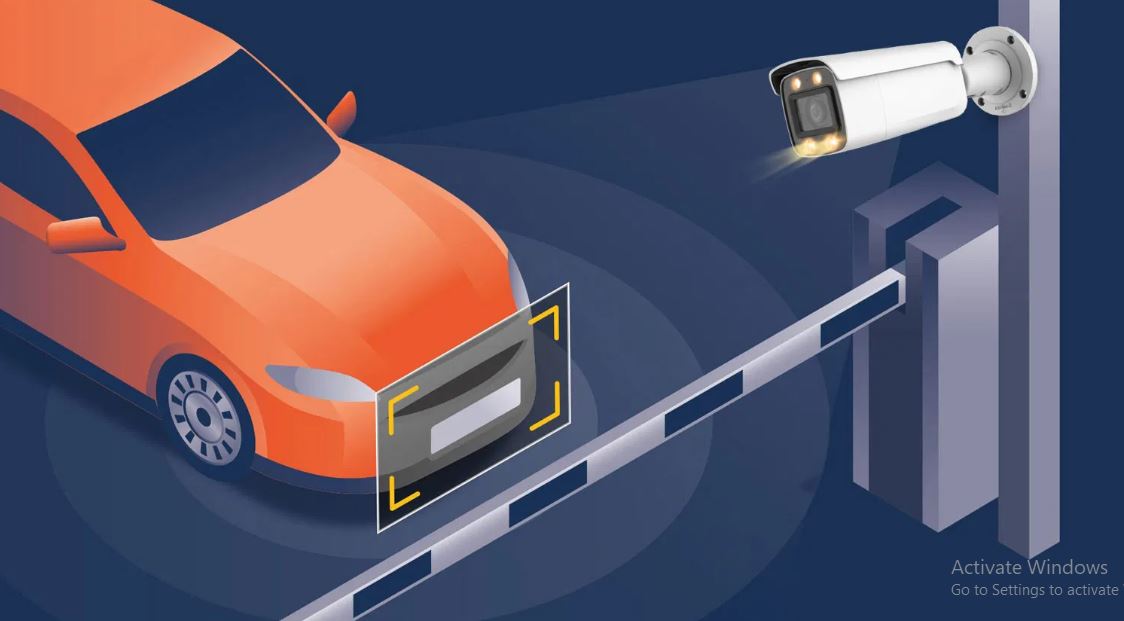As more communities and properties invest in smart gate solutions, one common question arises: Do residents and staff need training to use a license plate recognition system? The short answer is not much, but a little guidance goes a long way.
This article explains what the license plate recognition system does, how people interact with it, and what kind of training, if any, is helpful to keep things running smoothly.
What Is a License Plate Recognition System?
License plate recognition (or LPR) uses cameras and software to identify vehicles by reading their license plates. When a registered plate approaches a gate or entry point, the system reads it automatically and opens the gate if that vehicle is approved.
There are no key fobs, access codes, or guard check-ins required. It’s quick and hands-free. The system compares the plate number to a pre-approved list, and the driver is let through if there’s a match.
This setup is part of what’s known as license plate access control which means access is granted or denied based on your vehicle, not a card in your hand.
What Do Residents Need to Know?
Residents typically don’t need extensive training to use an LPR system. Once their plates are in the system, there’s not much they need to do.
Still, it’s worth sharing a few quick tips with them:
Make sure your plate is clean and readable.
Dirt, rust, or bent plates can make it hard for the camera to recognize the numbers.
Drive slowly as you approach the gate.
Most cameras work best when vehicles are going 5–10 mph.
Don’t tailgate.
The gate may open for the first car but not read the second one in time, causing damage or access denial.
Update the system when your vehicle changes.
If someone gets a new car or a temporary plate, they must submit that information to the property manager or security team.
That’s it. The rest of the process is automated. The system works in the background once a resident’s plate is registered.
How Is Registration Handled?
Depending on the community or building, registration can happen a few ways:
● The property manager collects license plate info during move-in.
● Residents submit their plates through a secure online form.
● Some systems allow residents to update their information through an app or portal.
This part of license plate access control is important. Even the best system can’t let the right vehicles in without correct plate data. But as long as the plate is in the system, residents don’t have to learn anything complicated to make it work.
What About Staff and Property Managers?
Staff members who manage the system may need a bit more hands-on training, especially in the beginning.
Here’s what they should know:
● How to add, edit, or remove plate numbers from the system
● How to view logs of entry attempts
● How to troubleshoot if a plate isn’t being recognized
● How to handle temporary visitors or vendors
● What to do if the system goes offline
This training usually happens once during setup and is often provided by the vendor. Most LPR systems come with user-friendly dashboards, so managers don’t need to be IT experts to use them. But they should feel comfortable managing access lists and responding to questions from residents.
What About Deliveries and Visitors?
Visitors and delivery drivers won’t have their plates on file. So, most systems have an additional way to grant temporary access, such as:
● One-time QR codes
● Callboxes that connect to staff or residents
● Manual gate release from a mobile app or control center
Staff or residents may need brief instruction on how to use those tools, but again, it’s usually straightforward.
Should You Provide Training Materials?
Yes, even though minimal training helps provide a short guide during move-in or system rollout. This can be:
● A one-page instruction sheet
● An email with FAQs
● A short video or animation showing how to approach the gate
This clears up confusion and helps avoid access problems from the start.
Conclusion
No one needs a tech background to use a LPR system. For most residents, the process is entirely automatic. They just drive up, and the gate opens.
But behind the scenes, staff training and clear communication with residents can help things run even more smoothly.





Comments